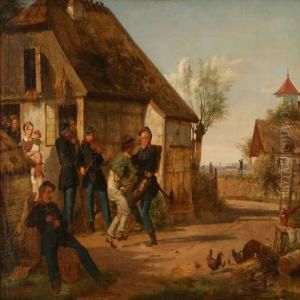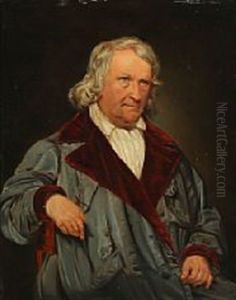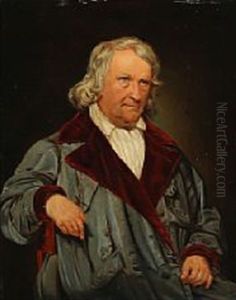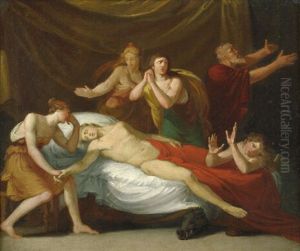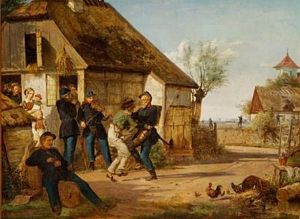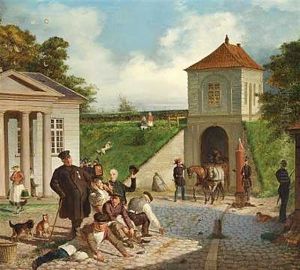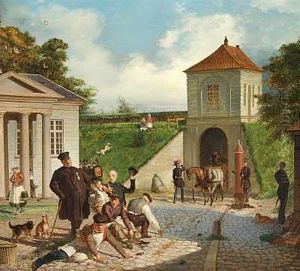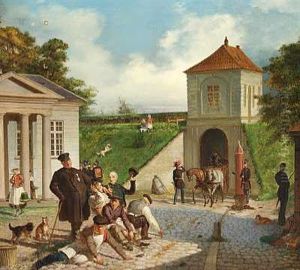Sophus Schack Paintings
Sophus Schack was a Danish painter known for his contributions to the Symbolist movement in Denmark during the late 19th and early 20th centuries. Born on September 12, 1863, in Copenhagen, Denmark, Schack grew up in an era when the European art world was undergoing significant changes, with movements such as Impressionism and Symbolism challenging traditional academic standards.
Schack's early education and artistic training are not well-documented, but it is known that he was significantly influenced by the Symbolist movement, which emphasized the expression of ideas and emotions over realistic depictions of the natural world. Symbolism in art often sought to represent the mystical or spiritual dimensions of human experience, and Schack's work is characteristic of this approach.
Throughout his career, Sophus Schack created works that were rich in allegory and featured mystical and fantastical themes. His paintings often contained dream-like imagery and a focus on the inner emotional states of the subjects. Schack's style was characterized by a use of soft contours, muted color palettes, and a certain ethereal quality that sought to transcend the mundane aspects of everyday life.
While Schack may not have achieved the same level of fame as some of his contemporaries, his work was nonetheless part of the broader Symbolist milieu that included more renowned artists such as Gustav Klimt and Odilon Redon. Schack's contributions to Danish art were part of a larger Nordic Symbolist movement, which included other notable artists such as Edvard Munch.
Sophus Schack's works were exhibited in various venues, including the Charlottenborg Spring Exhibition, an important annual event for contemporary Danish artists. Despite his dedication to painting, Schack did not leave behind a large body of work, which may be one reason why he is not as widely recognized today as some of his peers.
Schack passed away on February 19, 1936, in his hometown of Copenhagen. His legacy is preserved in the collections of Danish museums and in the annals of Scandinavian art history as a contributor to the Symbolist movement, which sought to delve into the depths of human consciousness and portray the more intangible aspects of human experience through art.
